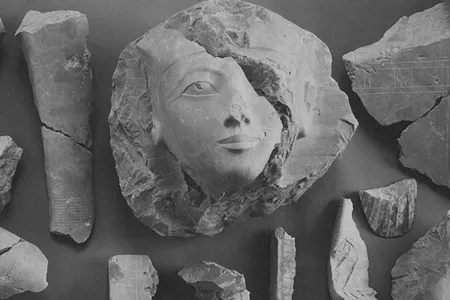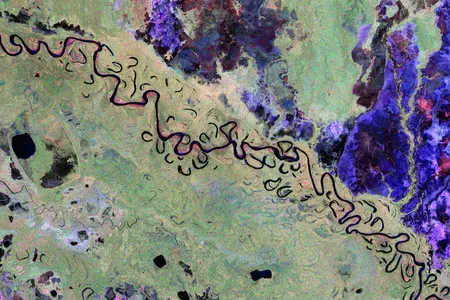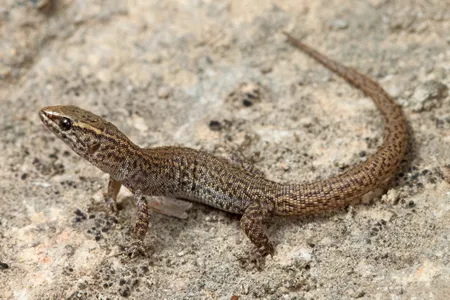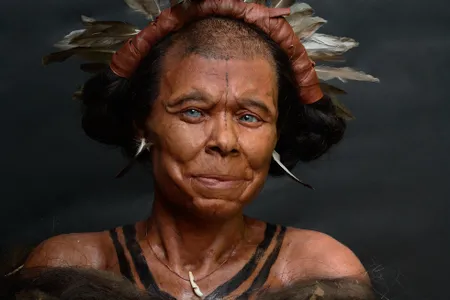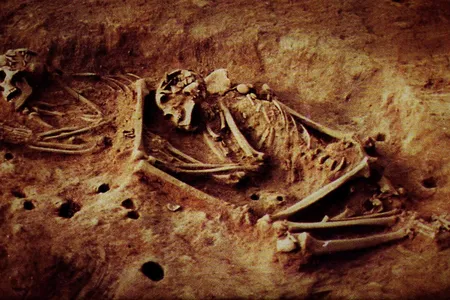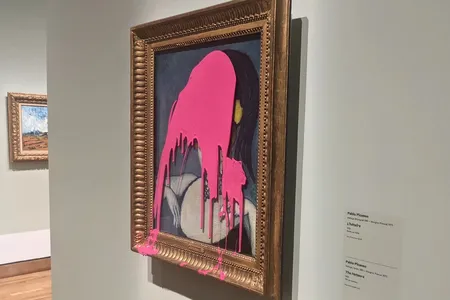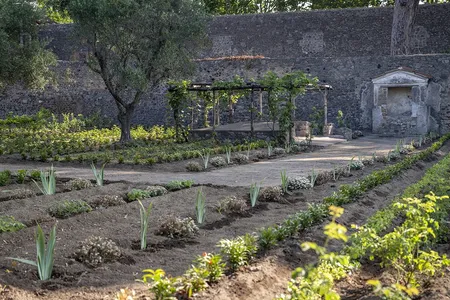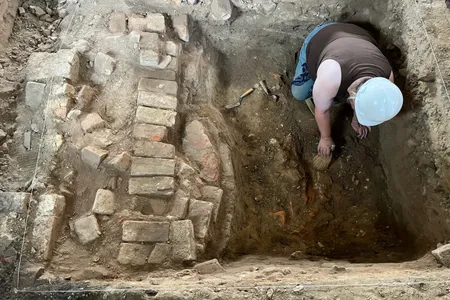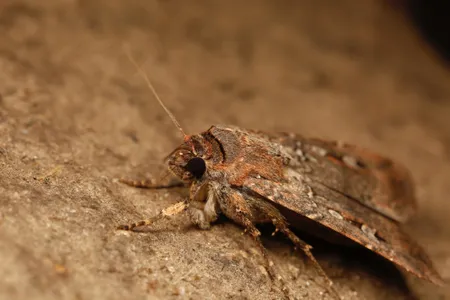Why Were Ancient Statues of This Egyptian Female Pharaoh Destroyed?
Shattered depictions of Hatshepsut have long thought to be products of her successor’s violent hatred towards her, but a new study presents a different narrative
These Colorful Satellite Views Reveal Our Forests in Unprecedented Detail and Showcase the Potential of the New Biomass Mission
The European Space Agency’s satellite will measure trunks, branches and stems in forests to shed light on how much carbon is stored in trees across various continents
See a Vibrant, Colorful Mosaic Discovered at an Ancient Roman Settlement in France
Perched on a hill overlooking the town of Alès, the site, which was salvaged before construction on modern houses began, also boasts advanced architecture
Mysterious Radio Pulses Found in Antarctica Seem to Defy Physics, and Researchers Are Trying to Trace Their Origins
Strange signals detected by a NASA instrument more than a decade ago have continued to confound scientists, but a new paper rules out cosmic neutrinos as a source
Diane Arbus’ Largest-Ever Retrospective Features Photographs of Society’s Celebrated and Marginalized Figures
With 454 images arranged with as little order as possible, viewers are encouraged to wander and make their own observations—much like Arbus did on the streets of New York
These Lizards Mysteriously Survived the Asteroid Strike That Killed the Dinosaurs—and Their Descendants Are Still Alive Today
Small and elusive night lizards probably persisted because they have slow metabolisms and like to hide out in rock crevices, a new study suggests
See the Face of a 10,500-Year-Old Woman, Reconstructed by Archaeologists and Artists
Using well-preserved ancient DNA, researchers have created a life-like facial reconstruction of a woman who lived in Belgium’s Meuse Valley during the Mesolithic period
See the Artworks That Explore the Forgotten History of Harriet Tubman’s Civil War Triumphs
Tubman’s 1863 raid, which destroyed seven plantations along the Combahee River in South Carolina and freed 756 enslaved laborers, is now the subject of an exhibition in Charleston
Ancient DNA Reveals Mysterious New Group of Humans in Colombia With No Genetic Ties to People Today
The previously undocumented lineage of hunter-gatherers seems to have disappeared around 2,000 years ago
Archaeologists Say They’ve Pieced Together the Ancient Fragments of the ‘World’s Most Difficult Jigsaw Puzzle’
More than 1,800 years ago, the thousands of pieces formed colorful frescoes that covered the walls of a luxurious villa in Londinium, the precursor to modern-day London
Climate Activist Throws Bright Pink Paint on Glass Covering Picasso Painting in Montreal
The stunt is part of an environmental organization’s efforts to draw attention to the dangerous wildfires spreading through Canada
Doctors Detected a Mysterious Antibody in a French Woman’s Body. It Turned Out to Be a Brand New Blood Type
Called “Gwada negative,” it marks the discovery of the 48th known blood group system in humans
This London Museum Lets You ‘Order’ Objects From Its Vast Collections—and Maybe Even Touch Them
At the new V&A East Storehouse, visitors can get up close and personal with 250,000 historic and culturally significant items spanning 5,000 years of human creativity
See the First Breathtaking Images Captured by the Powerful New Telescope at the Rubin Observatory
Featuring never-before-seen views of galaxies and more than 2,100 newly discovered asteroids, the observations are only a taste of what to expect from the telescope’s upcoming decade-long survey
Iconic ‘Dragon Man’ Skull Offers First Glimpse of What a Denisovan’s Face Looked Like, New Genetic Studies Suggest
The mysterious ancient humans were only known from fossil fragments. Now, two papers argue a skull uncovered in China belongs to this group, after examining preserved DNA and proteins
The 2,000-Year-Old ‘Perfume Garden’ in the Ancient City of Pompeii Has Been Restored to Its Former Glory
The small garden now features thousands of roses, violets, cherry trees and vines. Experts think a perfumer may have once used the plants to experiment with new scents
Archaeologists Unearth Artifacts From One of the Nation’s Oldest Schools for Black Children
News of the discoveries comes amid the opening of the Williamsburg Bray School building, which educated hundreds of free and enslaved Black children between 1760 and 1774
Stunning New Image of the Sculptor Galaxy Captures the Cosmic Landscape in Thousands of Colors
The galaxy sits in a sweet spot that allows astronomers to study it in ways that can’t be applied to even our own Milky Way
Australian Moths Are the First Known Insects to Navigate by the Stars, Revealing a Migratory Superpower
Bogong moths use both Earth’s magnetic field and the starry night sky to make twice-yearly migrations spanning hundreds of miles, according to new research
This Medieval Sword Pulled From a Dutch Riverbed Is Marked With Intricate Copper Symbols
The artifact was remarkably preserved for a millennium in anaerobic clay on a private estate near the city of Montfoort
Page 7 of 1050
